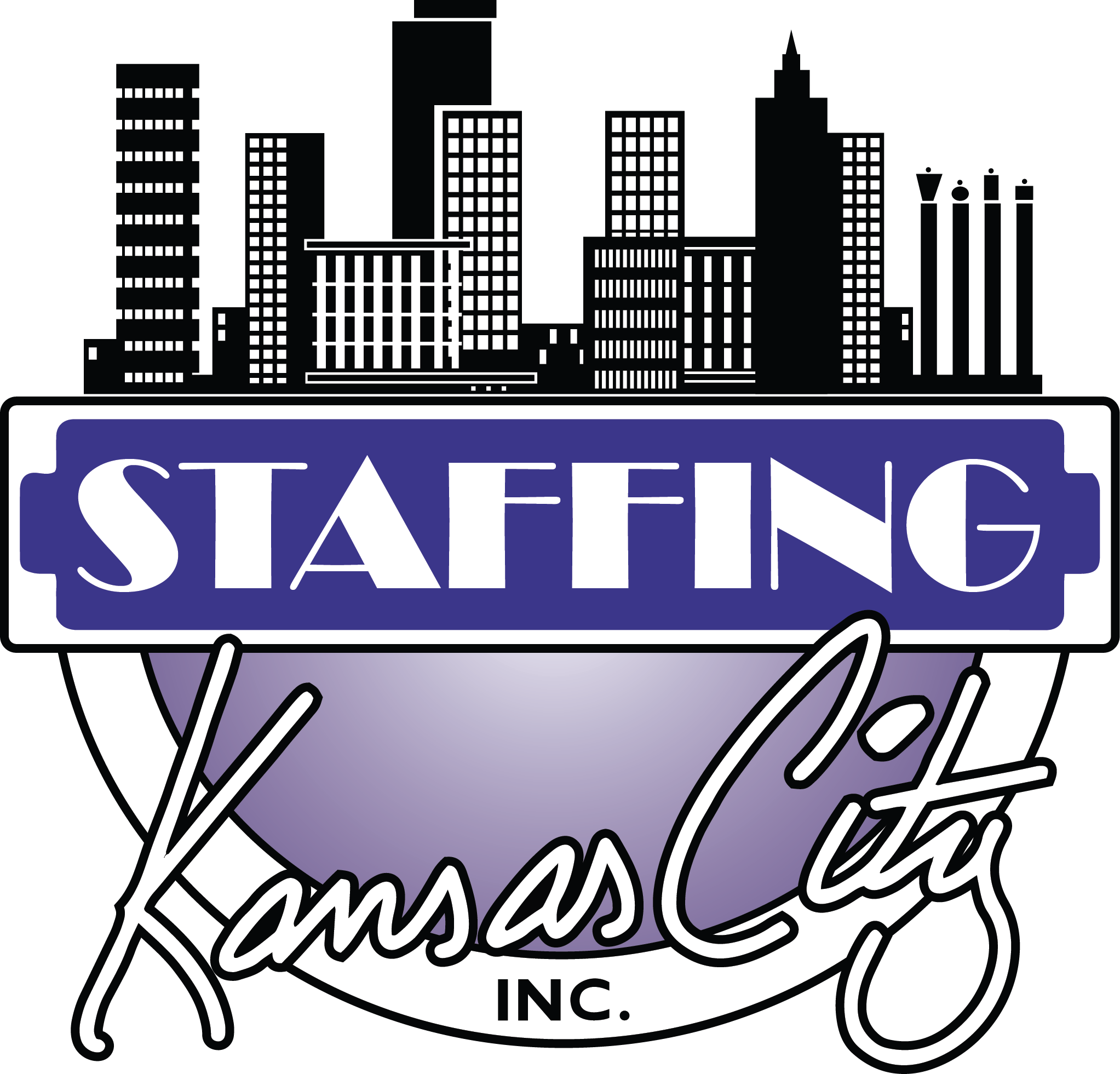
You don’t have to be a staffing expert to realize that the U.S. labor market is going through some things. The evidence is all around us – closed lobbies, shortened hours, and an abundance of help wanted banners. A new blog post from the Society for Human Resource Management (SHRM), the world’s largest HR association, is also sounding the alarm.
Based on newly released data from the federal government, the biggest piece of the growing crisis is a lack of workers. This includes a projected downturn in labor force participation from 61.7% in 2020 to 60.4% in 2030, when many Baby Boomers reach retirement.
While not part of the official numbers, many in the workforce are choosing to look at work differently with more individuals seeking remote jobs and or flexible work roles. Additionally, post-pandemic fall out continues to impact schooling and childcare, resulting in more families relying on one-income as more parents opt to stay home.
“This is a tough picture looking forward,” said Ron Hetrick, senior labor economist at labor market analytics firm Emsi Burning Glass in Idaho. “People who think that once the pandemic subsides things will get better forget that in February 2020, we had the lowest unemployment rate in history. Since then, we have lost many more Baby Boomers and haven’t really added new labor market entrants.”
Expected Growth Areas
The Bureau of Labor Services is set to add 11.9 million jobs through 2030, a projected 7.8% increase, but that projection reflects the recovery from the 2020 layoffs. This equates to a little over 1 million new jobs – half the annual gain of the past decade. Hetrick questions the outcome of these 11.9 million new jobs with only 8.9 million new entrants to the labor force.
Growth is expected in the areas of leisure, restaurants and hospitality and strong demand in healthcare. This includes needs for nurse practitioners, physical therapist assistants and physician assistants because of longer life expectancies and growth in the number of individuals experiencing chronic conditions. Associated industries such as insurance, health and mental, social assistance and roles offering remote work in areas such as information technology are also expected to rise.
Employment Growth Projections by 2030
- Home health and personal care aides – 4,600,600
- Registered nurses – 3,356,800
- Laborers and freight, stock and material movers – 3,077,500
- General and operations managers – 2,638,200
- Software developers and software quality assurance and testers – 2,257,400
- Heavy and tractor-trailer drivers – 2,073,600
- Management analysts – 1,032,000
- Market research analysts and marketing specialists – 904,500
- Medical assistants – 853,500
- Medical and health services managers – 569,400
Bureau of Labor Statistics analysis (Oct. 2021)



